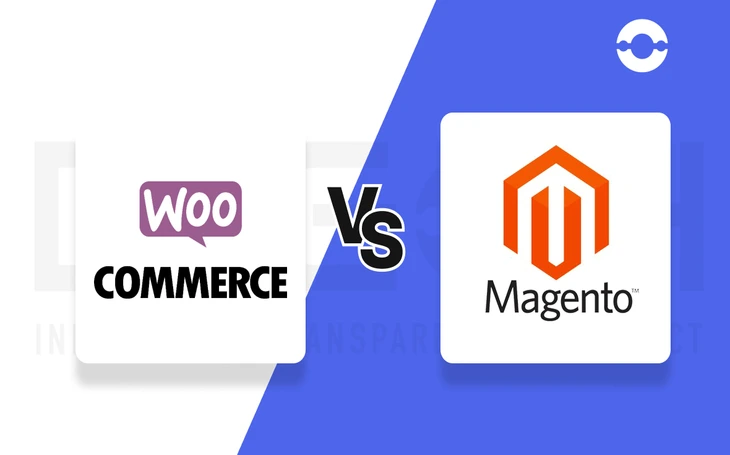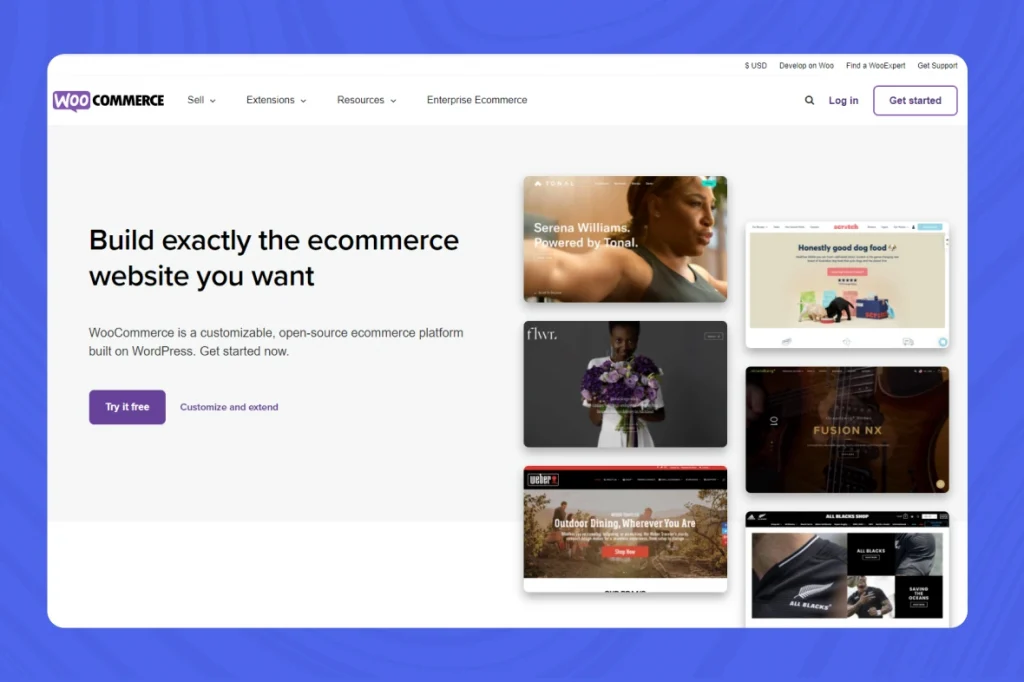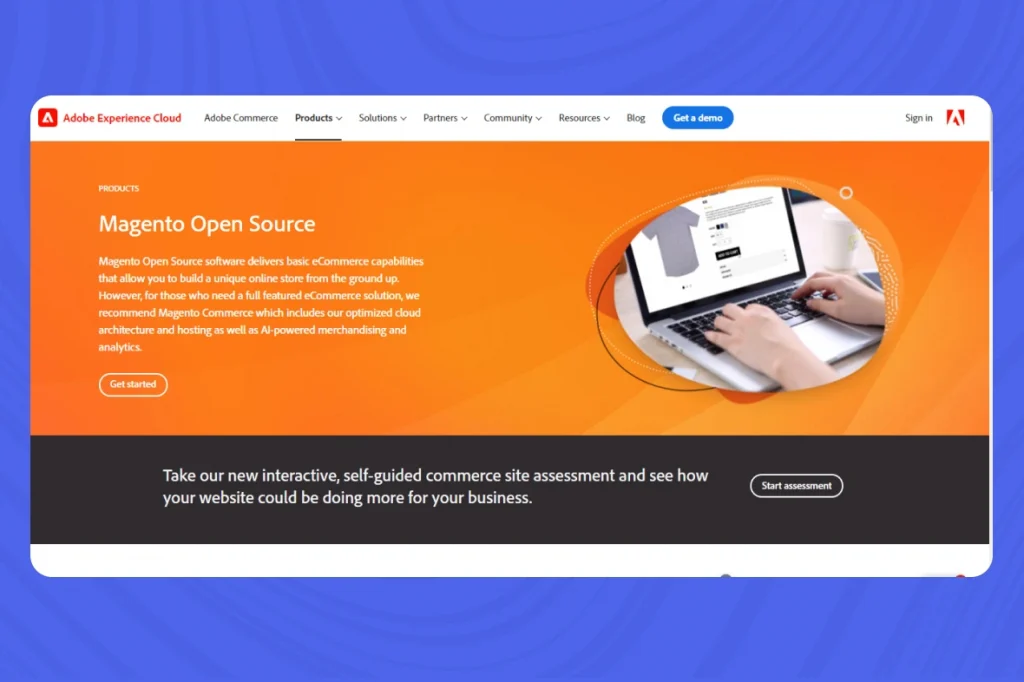
Magento vs WooCommerce (Who is the winner)? Both platforms are open-source e-commerce platforms and offer free versions to users.
Both these platforms provide various features and attractive themes, along with additional plugins that users can use to manage their online store.
Popular Product as a Service
Previously, products were sold in one-time transactions; however, a product-as-a-service model is like a subscription model wherein businesses pay for the services they need.
In a nutshell, The PAAS model follows a subscription-based model wherein customers pay for the product, and companies can generate recurring sources of income.
For example – Shopify, Magento, and WooCommerce are popular instances of PAAS-based business models as they provide subscription-based services to businesses.
PAAS model is becoming more popular nowadays in the e-commerce domain as it allows companies to build long-term relationships with customers and, at the same time, allows companies to generate continuous sources of revenue.
1. WooCommerce

This platform was introduced in the year 2011. This platform is an open-source and popular CMS that has grown from a blogging platform to a fully customizable CMS.
Moreover, WordPress provides various themes and integrations to turn your site into a fully functional e-commerce store.
It is an open-source e-commerce platform allowing users to download and set it up on any server.
Let’s take a look at statistics – This platform accounts for 4 million websites across the globe. The wooCommerce plugin is integrated into the WordPress website. Additionally, It gives an edge to users to turn their WordPress websites into online stores.
WordPress allows users to create an online store within minutes using a quick and simple setup. It offers users plenty of free and paid themes that allow business owners to customize the store.
While It is a flexible platform and is ideal for small and medium-sized businesses that are starting out in e-commerce.
To install WooCommerce, you need first to set up WordPress. And you can add products from the dashboard and even customize the appearance of the dashboard with a few clicks. So, if you are already familiar with WordPress, installing WooCommerce Plugin is a painless experience.
However, if you have not used WordPress in the past, you might face some challenges installing WooCommerce effectively.
To start an e-commerce store using WooCommerce, you need an SSL certificate, hosting name, and domain name.
What are the features of WooCommerce?
Here are the key features of WooCommerce-
- Managing product inventory for larger stores is quite challenging. With WooCommerce, you can manage unlimited products and sort them based on different types and categories. Thus, you can keep track of the products that you are selling. Moreover, the store owner can customize product descriptions, images and other attributes.
- WooCommerce provides you with the option to integrate your online store with various payment gateways such as PayPal, Stripe, etc.
- You can customize your store and make it more functional and stylish using plenty of free and premium themes.
What is the pricing of creating an e-commerce platform on WooCommerce?
You can build an e-commerce platform for free and can pay as and when your business grows. Compared to Magento, WooCommerce is a more affordable option for you when you are just starting out.
But you must pay for web hosting expenses and other extensions for creating a functional e-commerce site.
2. Magento

This e-commerce platform was introduced in the year 2008 and Adobe acquired it in the year 2018. It is highly suited for websites that need advanced features. Around 7 lakh websites used this platform.
This platform is an open-source e-commerce platform suitable for large enterprises; however, small businesses can also use it. It is a fully customizable platform enabling store owners to add customizable themes and extensions.
It offers 2 editions for its customers – Community edition and Enterprise edition. Its community edition is free for customers, while its enterprise edition is a paid option. Its enterprise edition is also known as Magento Commerce.
This platform is not beginner friendly. So, if you want to create large-scale e-commerce projects, then you need to be tech-savvy to use this platform.
What are the features of Magento?
Here are some key features of Magento-
- You can manage an unlimited number of products with Magento.
- Magento offers a seamless payment integration where you can integrate with various payment gateways such as PayPal, Stripe etc. Moreover, it also supports integration with additional payment gateways such as Amazon pay, Square, Google pay, Alipay etc.
- There are various free and paid third-party extensions (CRM integration, analytics tools) that simplify your workflow. These extensions enhance the functionality of your online store.
- Magento provides the support of Google Analytics to help the store owners make better business decisions.
What is the price of creating an online store on Magento?
Magento offers 2 editions for its customers – Community edition and Enterprise edition.
The Magento community edition is free for customers, while its enterprise edition is a paid option. Magento enterprise edition is also known as Magento Commerce.
The price of Magento commerce starts with the pricing range of $22000 per year.
Also Read: Shopify Vs. WooCommerce
Difference Between WooCommerce And Magento
| Basis of comparison | WooCommerce | Magento (Adobe cloud) |
| Type of E-commerce | WooCommerce is a WordPress plugin that allows users to convert the WordPress website into an e-commerce store | Magento is an e-commerce platform for corporate-level |
| Open source | WooCommerce is an open-source e-commerce platform | Magento is an open-source e-commerce platform |
| Theme options | WordPress provides you with a variety of amazing themes to choose from and functions with WooCommerce. Users can choose the theme according to their design and preferences | Magento is downsized in themes as compared to WooCommerce. Magento allows the user to either customize the themes or create it from scratch |
| Ease of use | WordPress platform is beginner-friendly. Most e-commerce owners are not proficient in programming skills. | The setup process of Magento is complicated for non-tech users. If you want to use Magento, you need to have technical knowledge to use this platform |
| Ideal for | WordPress is suitable for both developers and users | Magento is suitable for Developers |
| Meant for | WordPress is highly suited for small players. | Magento is suited for those developers who understand tech |
| WooCommerce can be used as on-premise and deployed on the cloud | WooCommerce can be used on-premise and deployed on the cloud | Magento can be used on-premises and can be deployed on cloud |
| Resultful API | Rest API (unlimited usage) is slow | Rest API (unlimited usage) |
| SEO friendliness | WooCommerce is not SEO-friendly | Magento has average to good SEO capabilities. However, if you write better UI for the Magento e-commerce backend then it’s good for SEO |
Use Cases of WooCommerce
- It is suitable for small and medium-sized businesses that are on a tight budget
- If you want to scale, create and manage an online store quickly
- Finally, If you have a limited technical and coding knowledge
Use Cases of Magento
- It is suitable for large-scale e-commerce stores and big enterprises.
- It is highly suited for you if you are a tech-savvy person. You have to train yourself in creating and managing online stores to operate this platform.
- You do not require any additional extensions, unlike with WooCommerce.
End Notes ….
Choosing an e-commerce platform is never a piece of cake for you. But it’s also true that there is never a single e-commerce platform that fits your e-commerce needs (aka no one-size-fits-all approach works anymore).
Not to waste your further time, the WooCommerce platform is suitable for small to medium-sized businesses because it’s an affordable choice for them.
While Magento is a platform that is meant for big-size companies because it’s a little expensive option and requires the users/developers to have technical knowledge. It’s not a beginner-friendly option for non-tech users.
FAQs
The Magento platform is mostly for small and medium-sized businesses. To use this platform, you must have technical knowledge in creating and managing an online store. Hence, it is good for firms with extensive technical resources who want a customization of Frontend but want the power of the Magento Ecommerce engine.
On the contrary, WooCommerce is suitable for small and medium-sized businesses. Hence, it is the perfect choice to manage your e-commerce store, even if you lack technical knowledge.
Magento focuses on Web development professionals or tech-savvy users as it requires you to understand API if you want a customized Frontend. Therefore, this platform is not beginner friendly.
On the contrary, WooCommerce is a beginner-friendly platform. It is good for those e-commerce users who are not proficient in coding and programming skills.
Yes, you can link your domain to any website that uses any technology. It doesn’t matter if WooCommerce or Magento made it.
Magento and WooCommerce enable business owners to access third-party apps and plugins.
For instance – Magento offers 3500 free and premium extensions to improve your e-commerce site.
And WordPress offers more than 700 third-party apps and extensions.
Magento is suitable for large enterprises that need advanced e-commerce features to run and manage their store.
As your business scale, you can ditch the Magento theme and instead create your e-commerce app and web in your favorite frontend tech stack (React, Angular, Kotlin, Swift) and connect it with the powerful E-commerce Engine of this platform.
However, WooCommerce is quick for beginners or users with a WordPress website.
Latest Post: Benefits of VR in ECommerce





